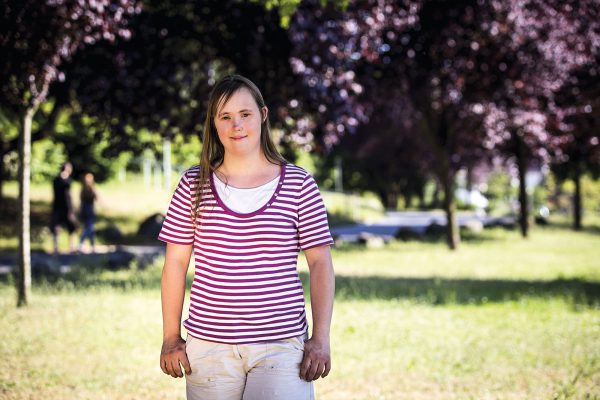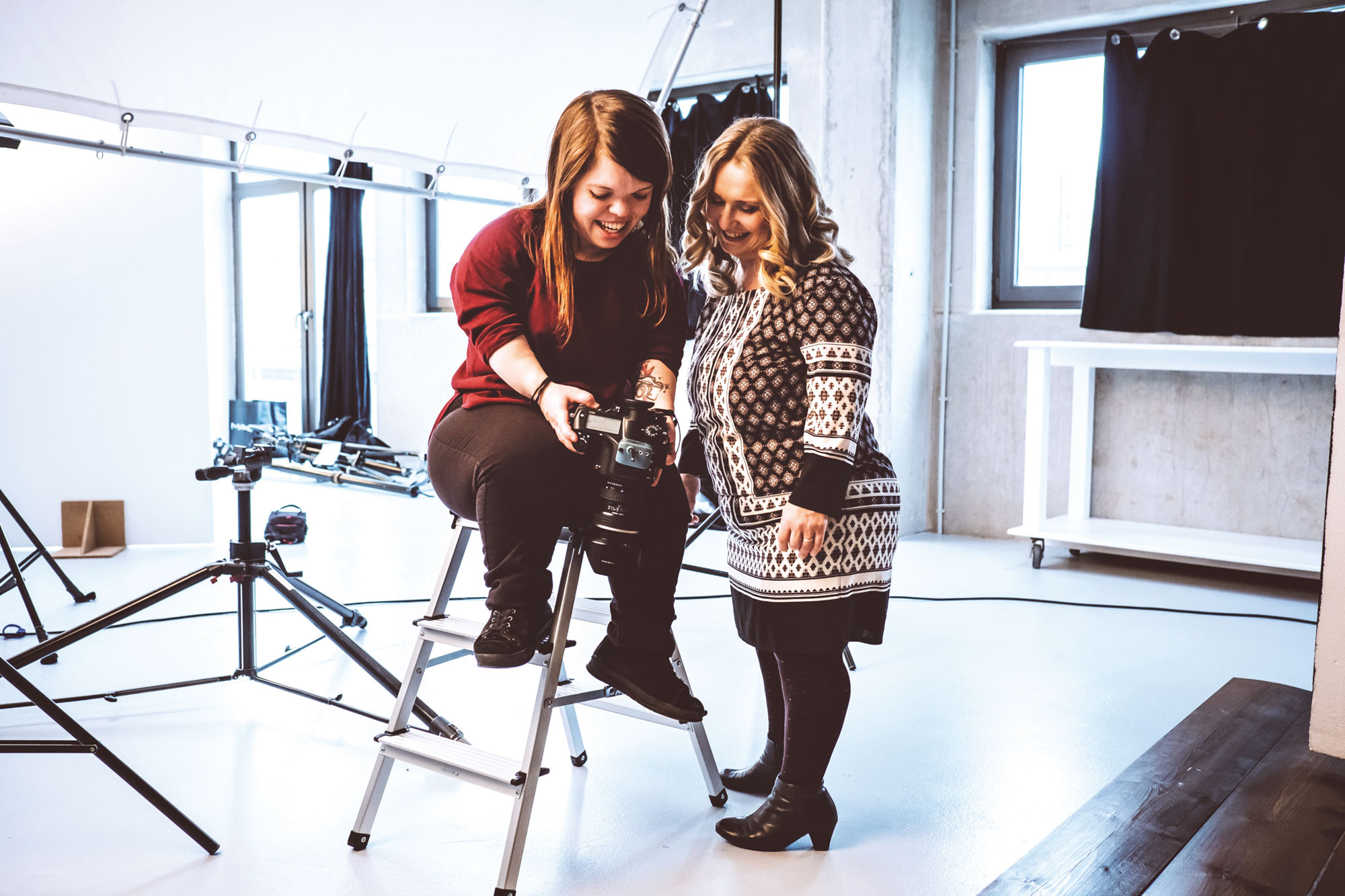By Jonah S.C. Muskat-Brown
We speak a lot about inclusion, both in the private and public sectors. We strive to make our communal institutions and workplaces more accessible to those facing mobility or other physical challenges. Our schools educate their students and we teach our own children about the importance of respect and tolerance. These, and the many other initiatives, are all important.
But as a longstanding advocate who has worked in the fields of mental, physical and developmental special needs for many years, and a current social worker at Holland Bloorview Kids Rehabilitation Hospital, an organization that serves children and youth experiencing various physical and developmental challenges, medical complexities, illnesses and injuries, I often wonder if we’re doing all that we can.
Person-centred language
Personally, I’m a big language fanatic and continue to be meticulous about the words I use and their many meanings. Over the years, I’ve come to learn that the words we use shape the realities in which we live (and are sometimes forced into living). On the macro level across the many helping professions, we’re finally beginning to employ a person-centred approach when referring to others. Perhaps this is an evolution of Carl Rogers’s innovative “client centered theory” from the 1940s (Rogers advocated that as much as therapists may be experts in their respected fields, their clients are experts on themselves, and their inputs on themselves and their health journeys should be valued and incorporated into their treatment plans). Being “person-centred” means that instead of referring to individuals or groups by their diagnosis or current physical, developmental or mental challenges, we should instead refer to them as a individuals with diagnosis “x” or challenge “y.” For example, someone who may have once been referred to as wheelchair-bound is now referred to as a person who uses a wheelchair, and someone who was once seen as being deaf or blind is now acknowledged as a person who has a difficulty hearing or seeing.
This important transition allows us to focus on people’s strengths and less on identifying them by whatever challenges they may face. But is this enough? Highlighting strengths is great and we should continue searching for, and working on enhancing, our own strengths and those of others. But the very concept of “inclusion” still creates, maintains and broadens segregation across many platforms.
Affirming “Us” and “Them”
When we include people who use wheelchairs or communication devices or who have learning challenges, we still associate them with overcoming some type of hurdle or limitation. When we create more inclusive programming, buildings and services, and when we offer sensitivity trainings and educational workshops, more so than not, we teach how to include those who are different from us. Inclusion affirms that there is “us” and there is “them,” and that we’re making our spaces and our programs more inclusive for others because they can’t access or participate in them in the same ways that we do.
Elsewhere, I’ve written and spoken out about how the word “disability” separates a verb from its noun, thereby reinforcing someone’s physical limitations and actually removing his or her ability to do whatever that action is, just as the word “disrespect” removes the capacity of respect from the person or thing to which it could be affixed. Here, I’d like to propose that instead of focusing on advancing inclusion and making our societies more inclusive, we instead concentrate on the concept of unity. It may seem semantic but, again, the words we use shape how we perceive our lives and the world around us.

Unity
Unity means that each of us has a piece to add to our collective puzzle which nobody else can bring. It means that everyone can, and should, be a part of the whole because of who they are and not because of their differences. It means relating to and treating others with dignity because they are human and because each human is created in the likeness, and carries a piece, of the Divine. When we operate from a framework of unity, we make sure that our entrances are accessible for everyone because we value Katie’s expertise in the field of medicine and not because she uses a wheelchair to get around and we want everyone to be able to access our spaces; we value Ben’s artistic abilities and ideas, and don’t just make accommodations for him because he uses a communication device to express himself; and we value Rachel because she is a great soccer player, not because she uses prosthetics and we want her to feel accepted because of such.
How much of what we do and think still maintains the “us” and “them”? Are we truly bringing people together or are we just working on respecting them? It wasn’t too long ago that the present-day art of wearing glasses was once a stigma held against those who had a difficulty seeing. Hopefully, one day soon, we can be a society in which all individuals of all abilities can partake in creating a collective masterpiece that celebrates who we are, regardless of whichever way that beauty is expressed.
There’s a famous story of a young boy who once decided that he wanted to change the world. However hard he tried, he was unsuccessful because the world did not want to change. Determined, he then set out to change his town—but his town didn’t want to change either. Still hopeful he tried changing his family, but they also weren’t ready. Finally, he sat down and realized that if he were to transform the world, he had to first begin by transforming himself. Change takes time, and it starts with you and me. Resolve to unite more and include less. Be more careful with the words you use. See the good in others and empower them to see the good in themselves. Share these ideas and keep the conversation going…because only by working together today can we be the change-makers of tomorrow.
Jonah S.C. Muskat-Brown is a licensed social worker from Toronto, Canada. The views and ideas expressed are his own.














